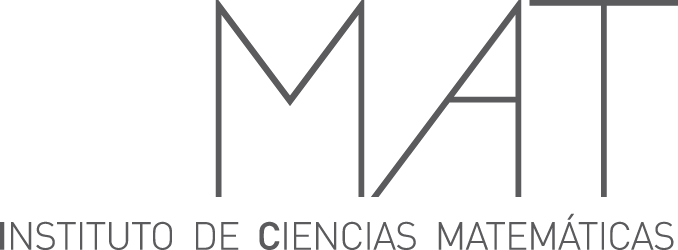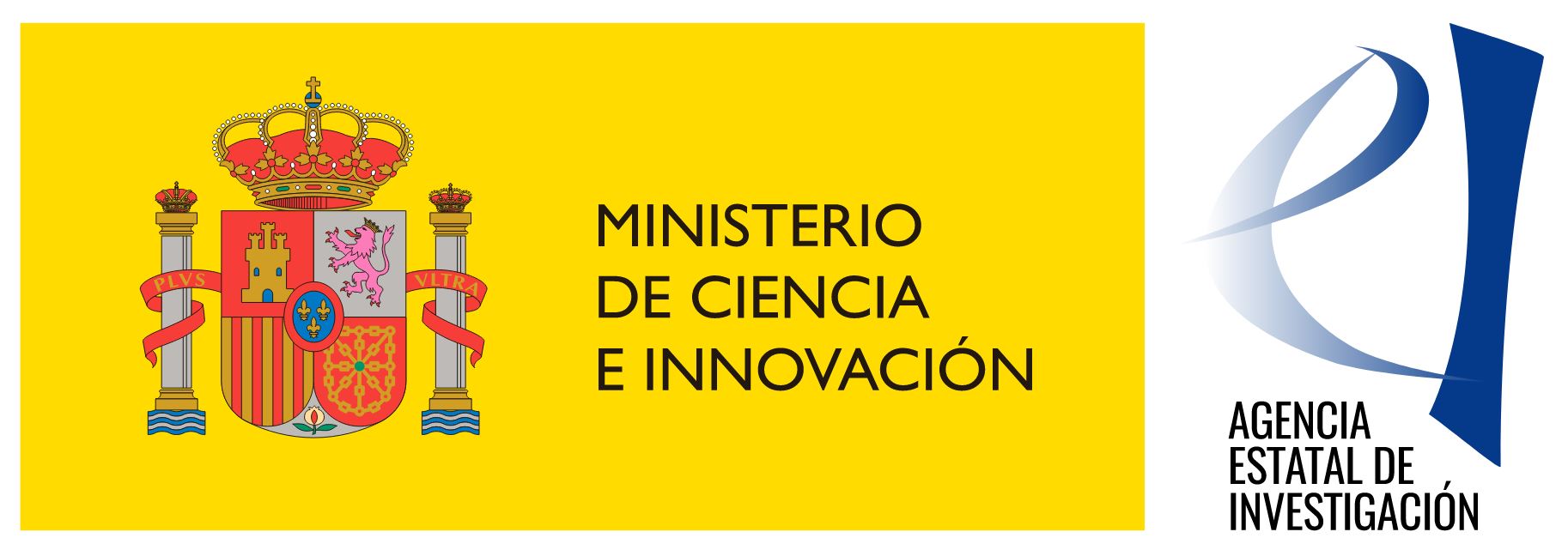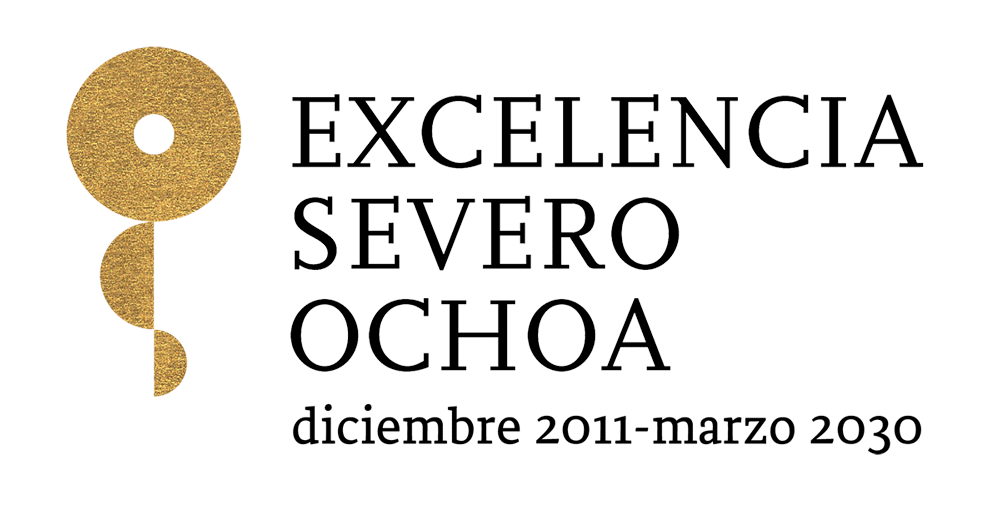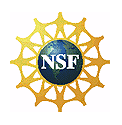Moduli Seminar
- Dates: 1 April – 30 June 2023
- Venue: ICMAT, Madrid
Seminars
Dates: Thursday 18 May 2023 at Orange Room
Title: HITCHIN-NGO LABORATORY: HIGGS BUNDLES AND HIGHER TEICHMÜLLER THEORY DAY
Organizer: Óscar García-Prada
-
10:00-11:00: Michael Wolf (Georgia Tech)
Ray structures in Lower Teichmuller Spaces - Expand Abstract
We study 'rays' in the Hitchin/Teichmüller component of representations of surface groups in PSL(2,R) and SL(3,R). These families reflect rays of Hitchin holomorphic differentials associated to the harmonic maps which are equivariant with respect to the representations. In Teichmuller space, these rays interpolate between Teichmuller geodesics and Thurston geodesics in a way we will explain. By restricting to Thurston geodesics which have an energy minimization feature, we find something like an exponential map in the Thurston metric for Teichmuller space with the Thurston boundary as visibility boundary. In the SL(3,R) Hitchin component, holonomies along the rays have asymptotics predicted by periods (i.e integrals using the local geometry) of the defining holomorphic differentials in a formula with a 'tropical' style, and an endpoint given by an associated real building.
-
11:30-12:30: Qiongling Li (Chern Institute of Mathematics, Nankai University)
Harmonic metrics of Higgs bundles over non-compact surfaces - Expand Abstract
For a Higgs bundle of degree 0 over a compact hyperbolic Riemann surface, the Hitchin-Kobayashi correspondence says the existence of a harmonic metric is equivalent to the polystability of the Higgs bundle. In this talk, we discuss some recent progress on the existence and uniqueness of harmonic metrics on Higgs bundles over general non-compact Riemann surfaces. This is joint work with Takuro Mochizuki.
Dates: Thursday 4 May 2023 at Orange Room
Title: Virasoro modules and black holes
Organizers: Luis Álvarez-Cónsul and Mario García-Fernández
-
11:00-12:00: Xenia de la Ossa (Oxford)
The Arithmetic and Modularity of Black Holes in String Theory (Part I) - Slides
12:00-13:00: Philip Candelas (Oxford)
The Arithmetic and Modularity of Black Holes in String Theory (Part II) - Slides
Expand Abstract Part I and Part II
The main goal of these two talks is to explore some questions of common interest for physicists, number theorists and geometers. We will focus on the rich structure of black hole solutions of type II superstrings on Calabi-Yau manifolds. The talks are aimed at a mixed audience of physicists and mathematicians.
The main quantities of interest in the arithmetic context are the numbers of points of the manifold, considered as varieties over finite fields, and how these numbers vary with the parameters of the varieties. The generating function for these numbers is the zeta function, about which much is known in virtue of the Weil conjectures. The first surprise, for a physicist, is that the numbers of these points, and so the zeta function, are given by expressions that involve the periods of the manifold. These same periods also determine many aspects of the physical theory, including the properties of black hole solutions.
We discuss a number of interesting topics related to the zeta function, the corresponding L-function, and the appearance of modularity for one parameter families of Calabi-Yau manifolds. We will focus on an example for which the quartic numerator of the zeta function of a one parameter family factorises into two quadrics at special values of the parameter. These special values, for which the underlying manifold is smooth, satisfy an algebraic equation with coefficients in Q, so independent of any particular prime. The significance of these factorisations is that they are due to the existence of black hole attractor points in the sense of type II supergravity and are related to a splitting of the Hodge structure and at these special values of the parameter. Modular groups and modular forms arise in relation to these attractor points, in a way that is familiar to mathematicians as a consequence of the Langland’s Program, but which is a surprise to a physicist.
To our knowledge, the rank two attractor points that were found by the application of these number theoretic techniques, provide the first explicit examples of such attractor points for Calabi-Yau manifolds.




